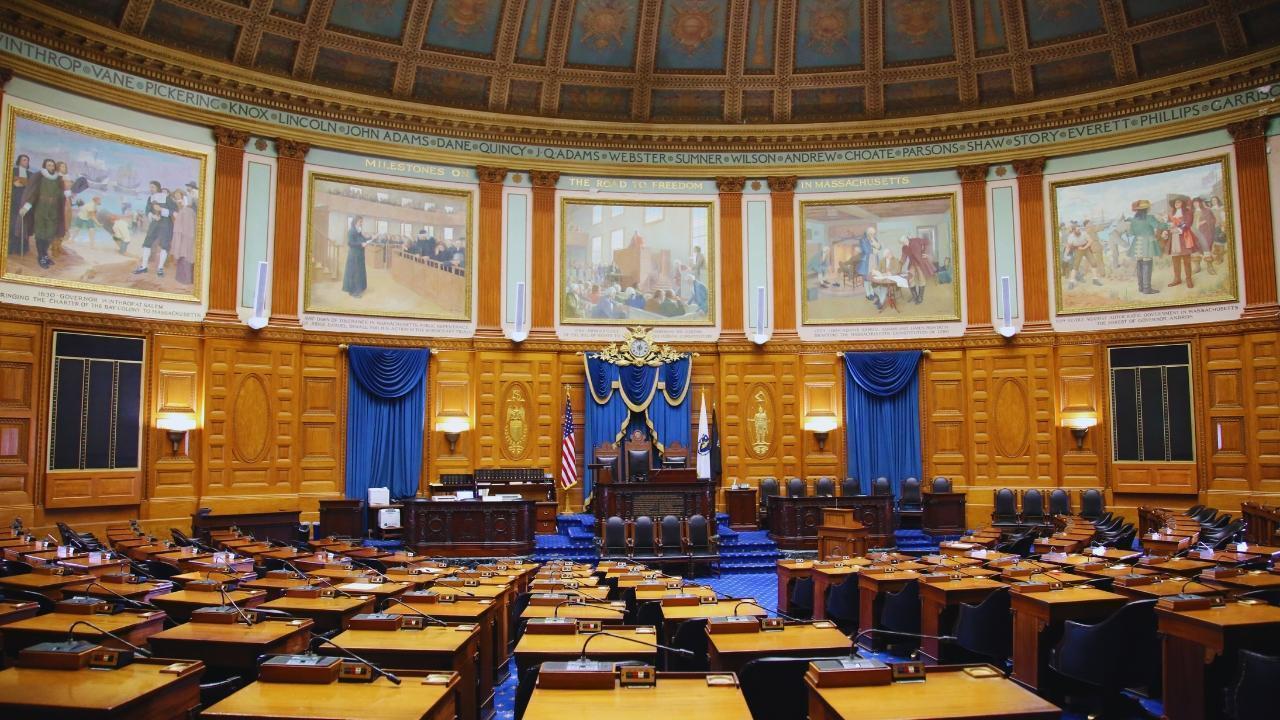You have not yet added any article to your bookmarks!

Join 10k+ people to get notified about new posts, news and tips.
Do not worry we don't spam!

Post by : Anis Farhan
In 2025, the world’s relationship with public service is undergoing a long-overdue transformation. For decades, the word "bureaucracy" evoked images of long queues, endless paperwork, and rigid systems built for processes—not people. But as technology permeates every facet of life, governments too are reimagining how they function, serve, and engage.
Across continents, digital-first bureaucracies are replacing outdated systems with user-friendly platforms, automation tools, and data-driven processes. This shift is not just about convenience—it's about restoring trust, enhancing accountability, and improving efficiency. The change is visible in everything from renewing a driving license to applying for social welfare benefits.
What was once a manual, slow-moving machine is evolving into a responsive, agile public service ecosystem that puts the citizen at its core.
The global shift toward digital governance received a major push during the COVID-19 pandemic. As physical offices shut down, governments were forced to digitize overnight. Emergency relief, vaccine scheduling, unemployment benefits—all had to be managed virtually, often exposing the fragility of existing systems.
This emergency response soon became an opportunity to redesign public service delivery from scratch. Countries realized that digital governance was not a luxury—it was essential infrastructure.
In 2025, governments are now building on that momentum, embedding technology deeper into public services with a focus on long-term resilience and citizen satisfaction.
Traditionally, government systems were designed around internal processes—structured for administrators rather than the people they serve. But 2025 marks a departure from that logic.
Today’s public service systems are increasingly modeled on the principles of user experience (UX), design thinking, and human-centered design. Citizens are treated like users, and their journey—from inquiry to service fulfillment—is mapped, measured, and improved.
Examples include:
Estonia’s e-Government model, where citizens can vote, file taxes, and register businesses online in minutes.
Singapore’s LifeSG app, which offers personalized services based on a citizen’s life stage (birth, school, work, retirement).
India’s UMANG platform, where over 1,000 services—from electricity bills to pension applications—are unified in a single mobile interface.
This approach doesn’t just improve convenience. It fosters dignity, especially for marginalized populations who previously faced hurdles in accessing services due to distance, literacy, or discrimination.
A defining feature of digital-first bureaucracies is the intelligent use of public data—not for surveillance, but for predictive service delivery.
For instance, instead of asking citizens to apply repeatedly for benefits, governments can now use available data (income, age, disability status) to proactively offer eligible services.
In the UK, predictive analytics is used to flag high-risk children for early intervention in social welfare. In Kenya, mobile data is helping identify communities in need of drought relief even before formal complaints are filed.
However, this data revolution also brings responsibility. Governments must ensure data privacy, consent, and cybersecurity are embedded in every digital touchpoint. Countries like Brazil and South Korea have introduced data protection frameworks specifically tailored for public services.
Automation is now central to reducing red tape and increasing responsiveness. In 2025:
Chatbots answer basic questions, saving human hours for complex issues.
AI algorithms help route complaints to the right departments.
Blockchain ensures transparency in land records and subsidy payments.
Robotic process automation (RPA) handles repetitive administrative tasks like application verification or fee calculations.
In the UAE, AI-powered customer service centers can resolve over 80% of public queries without human intervention. In Thailand, chatbots in regional dialects assist villagers in applying for microloans or agricultural subsidies.
The result is a faster, more transparent public sector that works at the pace citizens now expect.
Despite these advances, digital transformation in governance is not without obstacles:
Digital divide: Millions still lack access to smartphones or stable internet, especially in rural and remote regions.
Tech illiteracy: Older citizens and undereducated populations may struggle to navigate digital platforms.
Implementation gaps: Ambitious digital policies often falter due to poor execution, lack of training, or resistance from within.
Privacy concerns: Citizens remain wary of how their data is used, especially in authoritarian or surveillance-prone environments.
To address this, governments must adopt a phased, inclusive, and citizen-led approach, ensuring that technology doesn't replace people, but empowers them.
The transformation is not just about systems—it’s also about people. In 2025, civil servants are expected to be digitally fluent, data-literate, and citizen-oriented. Public administration schools worldwide are revising their curricula to include design thinking, ethics of automation, and agile project management.
Some governments are even hiring “Chief Experience Officers”—a role once exclusive to tech companies—to oversee citizen interface across departments.
This evolving role of the public servant reflects a deeper change: from gatekeeper to guide; from rule enforcer to problem solver.
Digital-first bureaucracies are not about eliminating human touch—they’re about enhancing it through smarter design. When citizens get services faster, more transparently, and with fewer obstacles, it creates a virtuous cycle of trust, engagement, and shared responsibility.
Governments across the globe are now realizing that being modern isn’t just about having tech—it’s about putting people first. And in 2025, that’s what defines truly responsive governance.
This article is intended for informational purposes only. It does not constitute legal, technical, or governmental policy advice. Readers are advised to consult official government digital strategy documents or public administration authorities for guidance.










Akshaye Khanna exits Drishyam 3; Jaideep Ahlawat steps in fast
Producer confirms Jaideep Ahlawat replaces Akshaye Khanna in Drishyam 3 after actor’s sudden exit ov

Kapil Sharma’s Kis Kisko Pyaar Karoon 2 to Re-release in January 2026
After limited screens affected its run, Kapil Sharma’s comedy film Kis Kisko Pyaar Karoon 2 will ret

Hrithik Roshan and Saba Azad Celebrate Christmas at Family Party
Hrithik Roshan and Saba Azad celebrated Christmas at Sussanne Khan’s party, sharing happy moments wi

China Sanctions 20 US Defense Firms Over Taiwan Arms Sales Dispute
China imposes sanctions on 20 US defense companies and 10 executives for supplying arms to Taiwan, e

Salman Khan’s Grand 60th Birthday Bash at Panvel Farmhouse Shines Bright
Salman Khan celebrates his 60th birthday with a grand party at Panvel farmhouse, sharing joyful mome

Thailand Defence Minister Joins Talks to End Deadly Border Clash
Thailand’s defence chief will join talks with Cambodia as border clashes stretch into a third week,